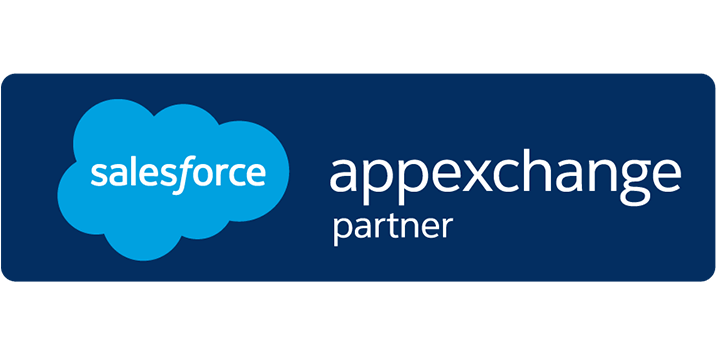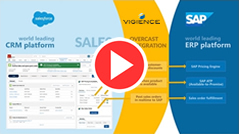Technical Articles
How to Increase User Adoption of Salesforce
Introduction
Salesforce is a powerful Customer Relationship Management (CRM) platform that offers a wide range of features to help businesses manage their sales, customer service, marketing, and more. Despite its capabilities, some user groups may be resistant to fully adopting Salesforce and use it on a daily basis, leading essentially to a failed CRM project. In this blog, we will explore the reasons behind employee resistance and discuss strategies to increase Salesforce adoption by enhancing the value of the platform itself, particularly by integrating Salesforce with Enterprise Resource Planning (ERP) systems like SAP.
Understanding the Resistance
1. User Familiarity: One of the primary reasons some users prefer their old CRM system like SAP CRM or Excel over Salesforce is familiarity. SAP CRM is less user friendly, Excel only offers very limited capabilities, but when a user is used to a tool it is sometimes hard to convince him to change.
2. Perceived Complexity: Salesforce can appear complex to new users. Its extensive features and customizability may intimidate those who are not well-versed in the platform. Some users may opt for Excel because it seems simpler for their immediate needs.
3. Lack of Training: Inadequate training can lead to underutilization of Salesforce. If users don’t receive proper guidance and support, they may not realize the full potential of the platform, leading them to revert to familiar Excel spreadsheets.
Increasing Salesforce Adoption
To enhance Salesforce adoption, businesses should focus on delivering additional value to address these concerns. Here’s how:
1. Comprehensive Training: Invest in comprehensive training programs for your employees. Ensure that they understand how Salesforce can streamline their work processes, boost productivity, and improve data accuracy. Hands-on training sessions can help users become more comfortable with the platform.
2. Customization: Tailor Salesforce to suit the specific needs of your organization and user groups. Simplify the interface and workflows for less tech-savvy users, making it more approachable and user-friendly.
3. Data Integration: Highlight the benefits of data integration. Salesforce can be seamlessly integrated with other tools and ERP systems like SAP. This integration offers users a unified view of all customer data, financial information, and account details.
Integrating Salesforce with ERP systems like SAP provides several advantages that can significantly increase user adoption:
– Unified Data: Salesforce-ERP integration ensures that sales teams have access to up-to-date financial and customer information. A consolidated view allows them to make informed decisions and provide better service to clients.
– Streamlined Processes: Integration automates data transfer between systems, reducing manual data entry. This not only saves time but also minimizes the risk of errors that can occur when using Excel.
– Enhanced Reporting: Salesforce’s reporting capabilities can be enriched with ERP data. This enables more comprehensive insights, allowing users to identify trends and opportunities more effectively.
– Real-time Updates: Users no longer have to switch between systems to access the latest information. Real-time updates from the ERP system keep Salesforce data fresh, accurate, and relevant.
Conclusion
Increasing user adoption of Salesforce requires addressing user concerns, providing comprehensive training, and customizing the platform to meet individual needs. Integrating Salesforce with ERP systems like SAP is a powerful strategy to enhance the value proposition of both systems. By highlighting the benefits of integration, organizations can encourage users to embrace Salesforce as the central tool for managing customer relationships and boosting overall efficiency, ultimately leading to improved business outcomes.
AUTHOR

Alexander Ilg








